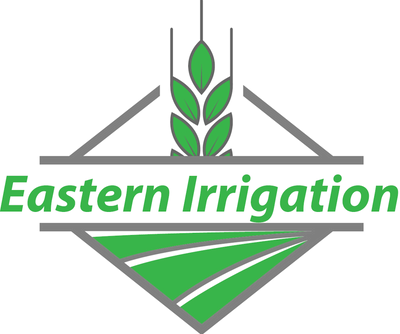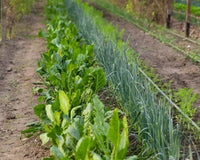Sprinkler systems have revolutionized how we approach lawn care, garden maintenance, and landscaping. With many options available, understanding the core variations is paramount in selecting the right system for your needs. This article explores the different types of sprinkler systems, focusing primarily on sprays, rotors, and impact sprinklers. Let's dive in.

A Brief Introduction to Sprinkler Systems
Before we explore specific sprinkler types, it's important to understand the core function of sprinklers. They come in diverse sizes, shapes, and models but predominantly fall under four primary categories:
- Pop-up sprinkler heads
- Impact rotors
- Gear-driven rotors
- Large turf rotors

Pop-Up Sprinkler Heads: The Residential Favorite
Often found in residential and small-scale commercial areas, pop-up sprinkler heads are the go-to choice for many homeowners. The key features of these sprinklers include:
- Functionality: Pop-ups can either remain stationary or rotate (rotors).
- Nozzle Variety: The nozzles can spray in a full arc, half arc, or a quarter circle, tailored to the specific landscape's requirements.
- Height & Placement: Heights range from 2 to 20 inches, allowing for flexible placement according to the landscape's needs. For instance, four-inch pop-ups are ideal for lawns, providing room for grass growth and accommodating ground settling.
- Coverage Area: These sprinklers can cover areas ranging from 3 to 15 feet in radius, with an operating pressure between 15 and 30 psi.
- Advanced Features: Modern innovations include adjustable low trajectory nozzles, square spacing, and nozzle conversion for larger coverage.

Impact Rotors: Classic and Reliable
Renowned for their versatility, impact rotors distribute water in arc patterns, typically between 40 and 360 degrees. Here's what you should know about them:
- Coverage: Impact rotors cover areas from 20 to 150 feet in radius, with a precipitation rate of 0.1 to 1.5 inches per hour.
- Design: Despite minimal design alterations over the years, impact rotors are reliable. They work exceptionally well in hard water areas.
- Material: Often made from bronze or brass, they guarantee longevity but may come at a higher price point than their plastic counterparts.

Gear-Driven Rotors: Quiet and Versatile
These rotors cater to medium and large spaces and are known for their cost-effectiveness, noiseless operation, and low maintenance. Key features include:
- Design Advantages: The enclosed body of gear-driven rotors prevents debris accumulation, reducing maintenance needs.
- Nozzle Adaptability: Manufacturers often provide a nozzle tree, simplifying the nozzle selection process according to desired radius and precipitation rates.
- Coverage & Operation: These rotors have a typical radius ranging from 18 to 55 feet, with 25 to 75 psi operating pressures.
Large Turf Rotors: For Expansive Spaces
Suitable for vast areas like golf courses and large parks, these rotors boast extensive coverage capabilities. Here's what sets them apart:
- Pressure & Coverage: Operating between 50 to 100 psi, they can cover up to 100 ft in radius.
- Material: While older models were made of brass, the contemporary choice leans towards more affordable plastic heads.
- Actuation Differences: Unlike residential systems that utilize a block layout, large turf rotors typically use either electric valve-in-head (EVIH) or hydraulic actuation.
The Impact of Industry Innovations
As the demand for efficient and effective irrigation grows, the industry continues to innovate. Design improvements have enhanced the durability of sprinkler heads while reducing associated costs. Nozzle designs have been revamped to minimize wastage through overspray, runoff, and wind dispersal.

Selecting the right sprinkler system hinges on a myriad of factors. From soil types and water pressure to climatic conditions, every aspect plays a role in determining the ideal system. By understanding the fundamental designs and features of the four main sprinkler heads, you can make a cost-effective and informed decision tailored to your landscaping needs.





